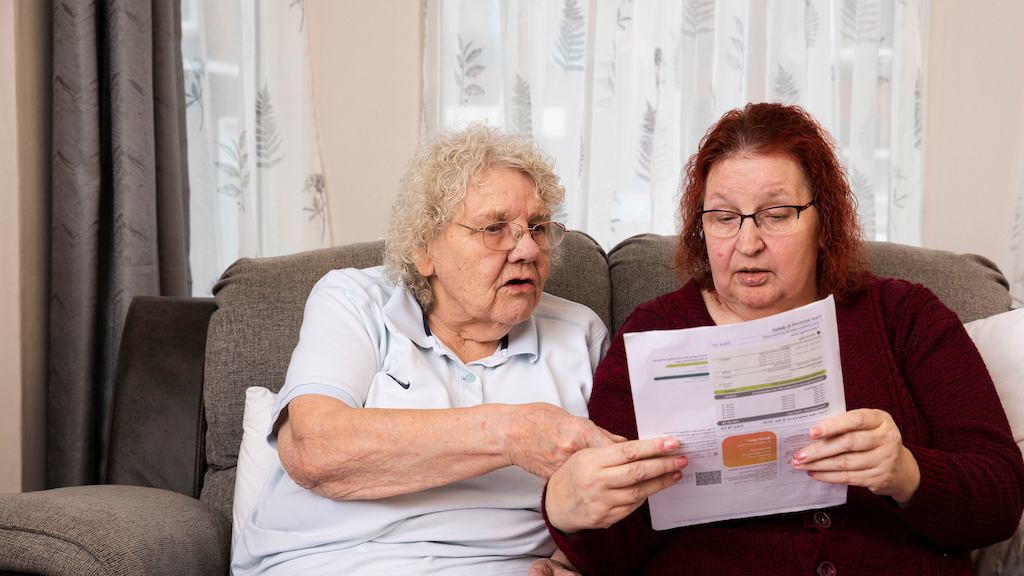Sexism, racism and disablism clearly play a role in labour market inequalities across the life course.
But we can also consider the impact of ageism on older workers themselves. Once out of the labour market, it is much harder for older workers to get back in because of persistent ageism and working conditions that are not suited to the needs of older workers.
People in this situation are therefore at risk of falling into poverty in later life, their income having dried up with many years still to go until they can collect their meagre state pension. This is particularly relevant now because of the large numbers of older workers who fell out of work during the COVID-19 pandemic with employment levels of people aged 50-64 remaining lower than before March 2020.
Historically, rising employment for working-age adults was one of the keys to declining levels of pensioner poverty. Therefore, interventions to address worklessness among people in their fifties and sixties are essential. This should include back-to-work support tailored specifically for older workers and age-friendly workplaces that support longer working lives.
We can also reduce the impact of labour force inequalities across the life course by lowering both the age and lower earnings threshold for auto-enrolment into workplace pensions, which currently stands at 22-years-old and £10,000 per year, thereby nudging lower earners to accrue pensions savings.
We should also be providing the means that adequately allow for people with caring responsibilities to work flexibly. From next Saturday [April 6], employees will be entitled to take up to one week of unpaid leave every 12 months to give or arrange care for a dependant. At Ageing Better we welcome this progress but we would like to see this taken further in the future, with all workers given access to ten days’ paid carer’s leave and up to six months’ unpaid carer’s leave if needed. This would better equip those with caring responsibilities to balance work and care and ultimately stay in work for longer, where desired or necessary.
We need workplaces that accommodate people with disability or long-term health conditions so that people can remain in the workplace, earning and saving for the future. Finally, we need a national race equality strategy that addresses the structural factors that trap people from minority ethnic backgrounds in poor work with low pay.
With an increasingly diverse older population, growing health inequalities and a state pension which doesn’t provide even a minimum income standard in retirement, levels of pensioner poverty and inequalities within the pensioner population are at risk of increasing in the future unless action is taken.















